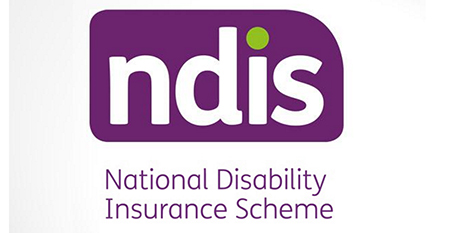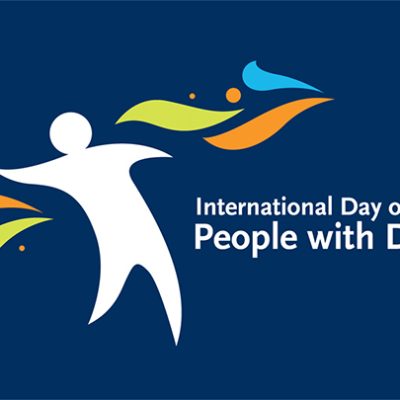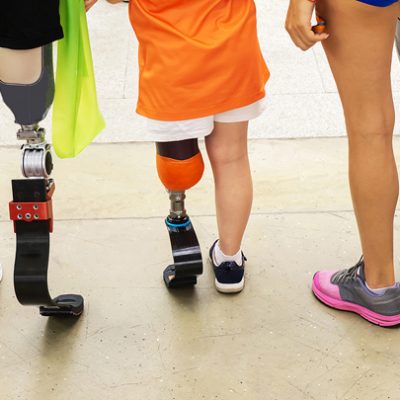
Australian children are flocking to the National Disability Insurance Scheme, with 16 per cent of all six-year-old boys in the country now relying on it, as the government begins designing a new pathway to help families leave the rapidly growing $46 billion program. Source: The Age.
NDIS Minister Jenny McAllister said further reforms were needed to make the scheme sustainable, as fresh data shows more than one in 10 children aged five to seven in Australia are participants: 13.7 per cent of boys and 6.4 per cent of girls.
The figures are revealed in the latest quarterly report from the National Disability Insurance Agency, which discloses that about 80,000 people joined the NDIS in the past 12 months, taking total scheme numbers to almost 740,000 people.
The data is further proof that the scheme continues to be a lifeline for struggling children, with families seeking NDIS support for their children’s developmental delays or autism because it remains too difficult to get help outside of it.
But even as the number of participants grew, the scheme came in under budget forecasts for the 2024-25 financial year, as the rising cost of the NDIS comes into focus for the Albanese Government before its economic roundtable next week.
Quarterly figures show that scheme costs grew by 10.8 per cent last financial year, lower than the projected growth rate of 12 per cent, which meant its $46.3 billion cost to the federal budget was $520 million below predictions.
The scheme is still one of the budget’s biggest pressures, and its third-largest expense. The latest figures suggest it is on track to reach an 8 per cent growth target set for mid next year, but that number will still put substantial pressure on the budget bottom line.
Ms McAllister, who took on the portfolio after the May election, said there was data in the report that showed the NDIS was delivering more high-quality support.
“But as the Independent NDIS Review [from 2023] found, the NDIS needs a broader ecosystem of disability supports outside the scheme to make sure it is sustainable,” she said.
FULL STORY
The age where one in six boys is now on the NDIS (By Natassia Chrysanthos, The Age)






